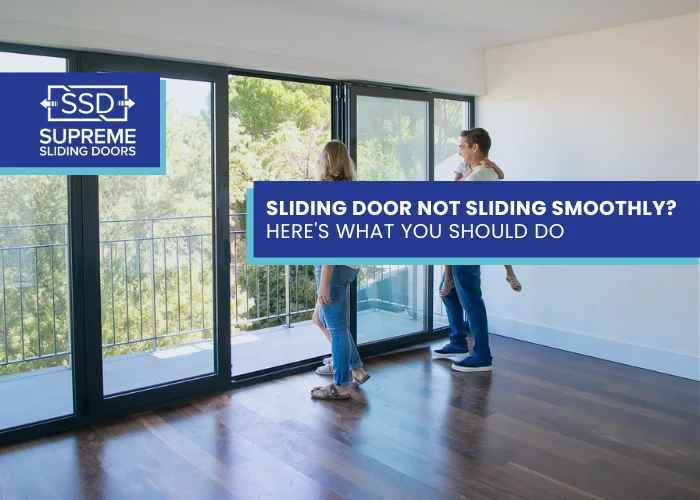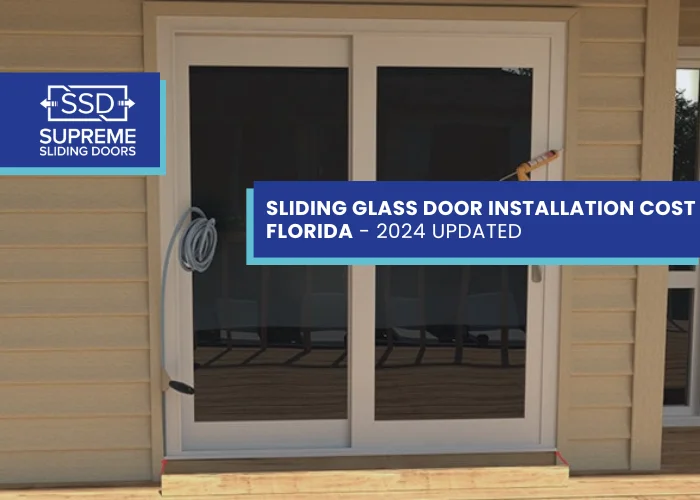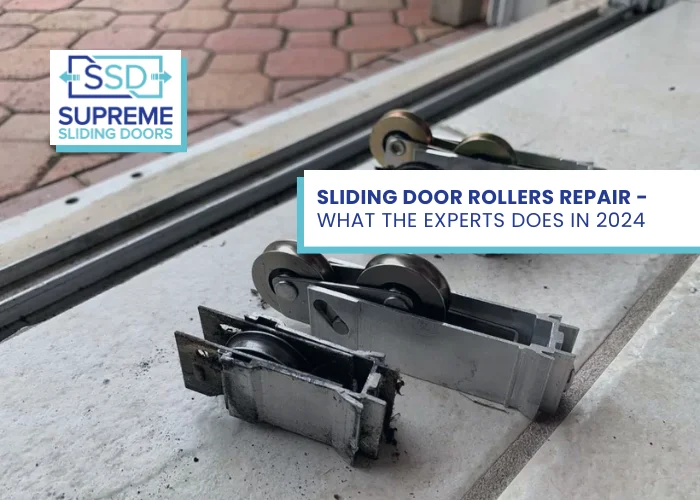In this comprehensive guide, we’ll explore the reasons why your sliding door might be sticking and provide actionable steps to fix it. Whether it’s due to track misalignment, roller issues, or lack of lubrication, we’ve got you covered. Say goodbye to the annoyance of a stubborn sliding door and hello to effortless movement!
Table of Contents:
- Understanding Common Sliding Door Problems
- Identifying the Cause of Your Sliding Door Issue
- DIY Solutions for Smooth Sliding Doors
- Adjusting Sliding Door Rollers
- Lubricating Sliding Door Tracks
- Repairing Damaged Tracks
- Seeking Professional Help
- Preventative Maintenance Tips
- Conclusion
Understanding Common Sliding Door Problems:
Before you can tackle any issue with your sliding door, it’s crucial to have a grasp of the common problems that can plague these fixtures. Sliding doors, like any mechanical system, can experience wear and tear over time, leading to a variety of issues.
One common problem is misaligned tracks. If the tracks that guide the door along its path are not properly aligned, the door may struggle to move smoothly or may even become stuck. Additionally, worn-out rollers can impede the door’s movement, causing it to drag or catch as it slides. Another issue that can arise is debris buildup within the tracks or around the rollers, which can obstruct the door’s movement and cause it to stick.
Moreover, lack of lubrication can also contribute to sliding door problems. Over time, the tracks and rollers can become dry and prone to friction, hindering the door’s ability to slide smoothly. By understanding these common issues, you can better diagnose and address any problems with your sliding door, restoring it to optimal functionality.
Identifying the Cause of Your Sliding Door Issue:
Once you’re familiar with the common problems that can affect sliding doors, the next step is to pinpoint the specific issue with your door. To do this effectively, start by conducting a thorough examination of the track and rollers.
Check the tracks for any signs of misalignment, such as gaps between the track and the door or visible bends or warping. Inspect the rollers for signs of wear, rust, or damage. Are they functioning properly, or do they appear worn down or uneven? Additionally, look for any obstructions, such as dirt, debris, or foreign objects, that may be impeding the door’s movement.
By carefully assessing the condition of the track and rollers, you can identify the root cause of your sliding door problem. This information will enable you to devise a targeted solution tailored to address the specific issue at hand, whether it’s realigning the tracks, replacing worn-out rollers, or cleaning and lubricating the components for smoother operation.
DIY Solutions for Smooth Sliding Doors:
Fortunately, many sliding door problems can be fixed with simple DIY solutions. Adjusting the rollers to ensure proper alignment and lubricating the tracks can significantly improve door movement. Additionally, repairing any damage to the tracks will help restore smooth sliding action.
- Adjusting Sliding Door Rollers: Use a screwdriver to adjust the height of the rollers until the door glides smoothly along the track.
- Lubricating Sliding Door Tracks: Apply a silicone-based lubricant to the tracks to reduce friction and promote smooth movement.
- Repairing Damaged Tracks: If the tracks are bent or dented, use a hammer and block of wood to gently tap them back into shape..
Seeking Professional Help:
If DIY efforts fail to resolve the issue, it may be time to enlist the help of a professional. A skilled technician can diagnose the problem accurately and provide expert repairs to ensure long-lasting smooth operation of your sliding door.
Preventative Maintenance Tips:
To prevent future sliding door problems, regular maintenance is key. Keep the tracks clean and free of debris, lubricate moving parts periodically, and inspect the door for signs of wear or damage. By staying proactive, you can avoid costly repairs and enjoy smooth sliding doors year-round.
Conclusion:
A sliding door that doesn’t slide smoothly can be a major inconvenience, but it doesn’t have to be a permanent one. By understanding the common causes of sliding door problems and following the steps outlined in this guide, you can restore smooth operation to your sliding door and enjoy hassle-free access to your space. Whether it’s adjusting rollers, lubricating tracks, or seeking professional help, there’s a solution that’s right for you. Say goodbye to sticky sliding doors and hello to effortless movement!
In conclusion, addressing a sliding door that isn’t sliding smoothly doesn’t have to be a daunting task. With the right knowledge and techniques, you can troubleshoot and fix the issue yourself or seek professional assistance if needed. By following the tips outlined in this guide and staying proactive with maintenance, you can ensure that your sliding door operates smoothly for years to come.



